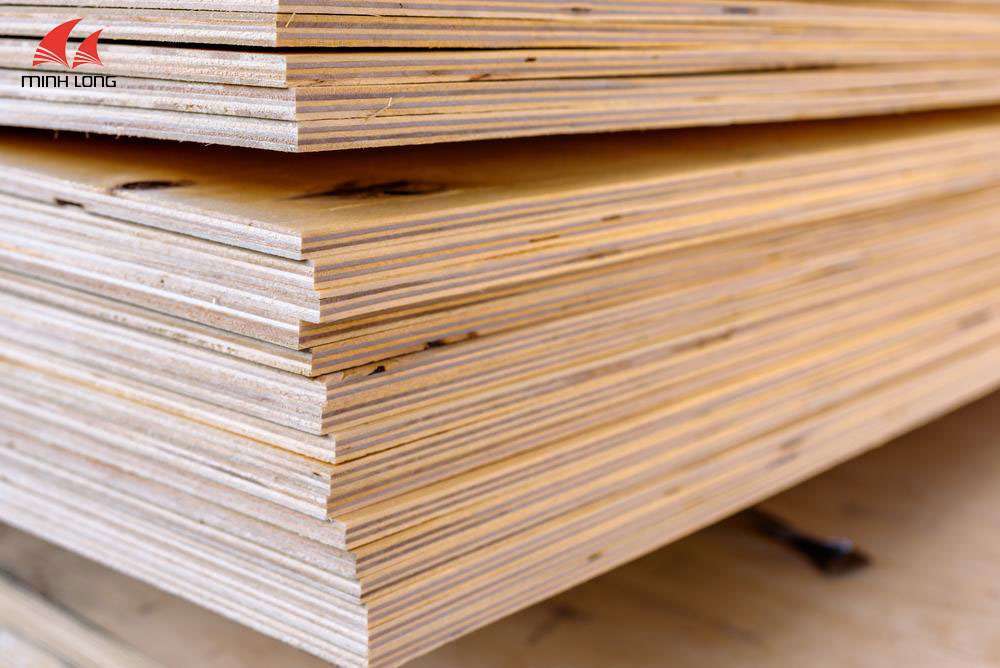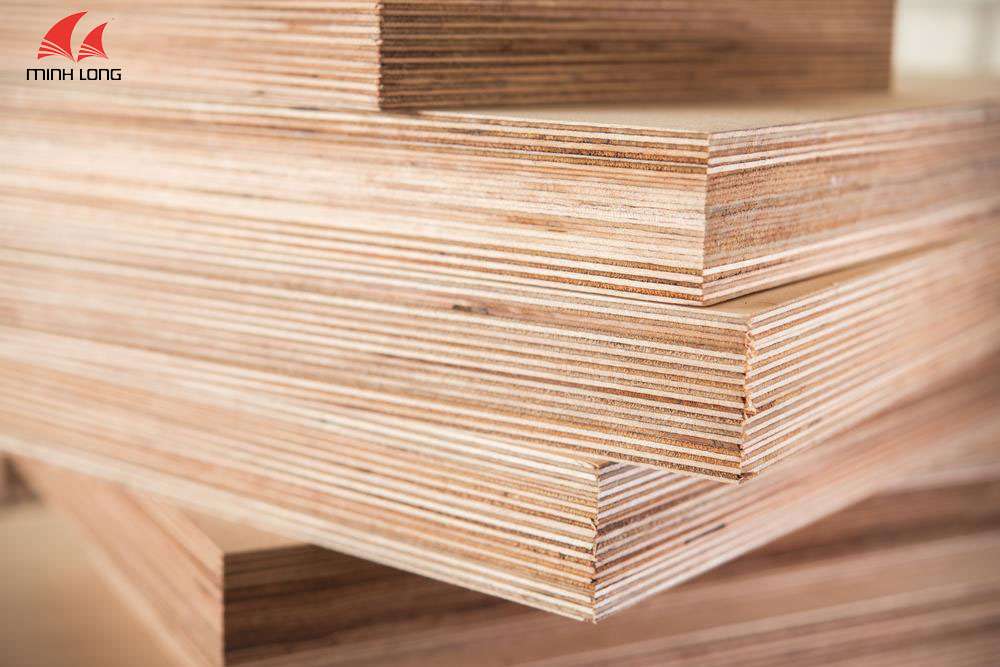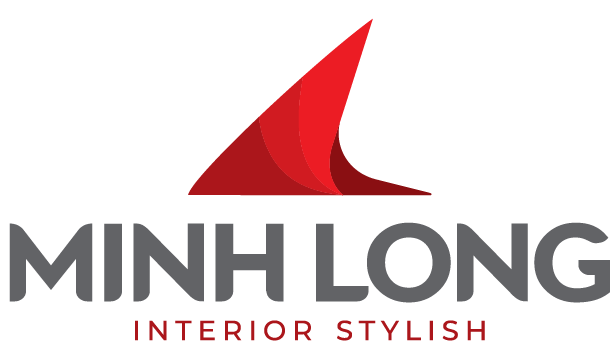Plywood
4.4 5 (1 Vote)1. What is Plywood?
Plywood is a material created numerous layers of natural wood that has been sliced around 1 mm thin. These wood layers are placed diagonally in the direction of the wood grain of each layer and then pressed together with adhesives under high temperature and pressure.

2. History of Plywood
Plywood is often regarded as the first wood-based panel. Around 3500 BC, archaeologists discovered the first signs of plywood in the tombs of Pharaohs in Egypt. The Chinese learned how to thin wood and glue it together for use in furniture about a thousand years ago. The ancient British and French are also known to have used plywood extensively in the 17th and 18th centuries.
Samuel Bentham, a well-known English mechanical engineer and shipbuilder, was granted a patent in 1797 for many types of wood thinning machines. He described bonding tiny layers of wood together to make a thicker sheet of wood in his patent application, which is considered the first explanation of the notion of plywood that we utilize nowadays.
Immanuel Nobel, the father of the famous scientist Alfred Nobel, understood about 50 years later that connecting thin layers of natural wood together would make a sheet of material of incredible resilience.
The first plywood was displayed at the Lewis & Clark Fair in Finland in 1905.
The first standard size 4 feet × 8 feet (1.2m x 2.4m) plywood was launched as a building material in the United States in 1928.

3. Composition of plywood
The plywood (Plywood board) structure is divided three parts:
- The core (or core) is made up of many thin layers of wood, each about 1mm thick.
- The surface is a natural wood layer.
- Urea Formaldehyde (UF) glue and Phenol Formaldehyde (PF) glue are two commonly used glues for plywood.
Woods including as pine, birch, filling, acacia, and eucalyptus are commonly used as raw materials in the making of plywood.
4. Plywood: characteristics and strengths
Plywood has an average density of 600-700 kg/m3.
Sizes of common plywood include 1220 x 2440 mm, 1160 x 2440 mm, and 1000 x 2000 mm.
Thicknesses of common plywood: 3, 4, 5, 6, 8, 10, 12, 15, 18, 20, 25, 30 (mm).
The layers of a plywood board are usually odd (3, 5, 7, 9...) so that the board has a core layer in the middle and the two outside layers of the core layer have the same grain direction. These layers of wood then keep each other bending or splitting. As a result, the thin layers closely confined by the core layer on either side of the core layer cannot expand easily. Under normal conditions, plywood does not warp or shrink due to this layering arrangement.

5. Production of plywood
Layers of horizontal and vertical wood grain are alternately assembled and pressed under high temperature and pressure with the assistance of adhesives. Production of plywood:
- The logs are chopped to the appropriate size and peeled to ensure that the veneer layers are equal and smooth
- Using a specialized peeler, the log is further peeled off thin layers of wood.
- These laminates are cut to 8 feet × 2 feet for the entire slab and 4 feet x 2 feet for the core. They are then routed through a specialized machine to boost their resilience.
- The layers are then dried in a temperature-controlled drying system.
- They are then stored for 24 hours to keep moisture levels ranging 6 to 8%.
- The glued layers are then sent to the assembly and wood glue spraying processes.
- Plywood are pre-pressed under a defined pressure for a specific period of time in order for the glue to penetrate better and the board to be stronger. These basic plywood stacks are then transferred to the hot pressing machine and pressed at a specified temperature and pressure. The rough cutting stage comes next. Rectangles are carved out of the boards.
- Following rough cutting, the boards are scrubbed to obtain a smooth and uniform surface finish.
- The boards are then taken to the glue spraying line, where the surface layer is put on top.
- The board is pressed four more times to attain maximum stiffness. The first method is controlled pre-pressing.
- The board is then pressed using a hot pressing line equipped with an elastic compression system at a predetermined temperature to maintain the appropriate humidity and assure the flatness of the board's surface.
- The board is still being brought to the final cutting stage. - Finally, to ensure the best quality, the board is sent to the sander for a final quality check.

6. Advantages of plywood
- Because of the interlocking layers of wood, plywood is extremely durable and has a high mechanical strength.
- Plywood is less impacted by water than MDF board, and the board does not swell when drenched in water like MDF board.
- Plywood offers outstanding screw-holding and adhesive properties.
- In a well-ventilated atmosphere, the board is quite moisture-resistant.
7. Disadvantages of plywood
- Plywood is more expensive than MDF or chipboard.
- When cutting plywood, the board's edge is easily damaged.
- When exposed to excessive humidity, the board is prone to warping, roughness, and delamination if not adequately treated.
8. Applications
- Laminated plywood is used for goods that require high dimensional stability, such as flooring and walls.
- Surfaces for interior applications such as tables, cabinets, and beds can be applied on plywood.
- Furthermore, plywood is used in the construction of boats and ships.



AAdministratorsAdministrators
Welcome, honored guests. Please leave a comment, we will respond soon